-
(by Steve Bell)
Source: The Guardian
-
Source: victoryviktoria
-
Eccentric courses. A selection from the drawing book “You are very interested in arts.”
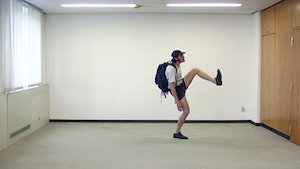
Frédéric Ehlers is an infinite number of authors who use the pen to explore the expanse of the sheet of paper and who cross the three-dimensional space with their rhythmically movements in an analogous manner. The selection of drawings is counteracted here by film stills of his Movement Research. “You are very interested in arts” […]
-
Plädoyer fürs Abzeichnen. Der grafische Katalog “Ausstellen des Ausstellens”
Die große Sonderausstellung „Ausstellen des Ausstellens“ in der Kunsthalle Baden-Baden widmet sich der Geschichte der Kunstpräsentation bis heute. Ihren Ausgangspunkt nimmt sie bei den Vorläufern der modernen Museen, den Kunst- oder Wunderkammern der Barockzeit. Sie endet bei aktuellen kuratorischen Situationen, die auch im Stadtraum zu erleben sind. Die Konzeption knüpft an die institutionskritischen Vorstöße der […]
-
Nadar II: Journal pour rire 1848-51
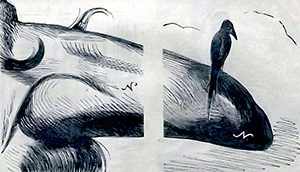
After Nadar had to cease his own magazine Revue Comique due to new censorship laws under the presidency of Louis Napoléon, he continued to work for Charles Philipon. In his quarterly pictorial review series for Philipon’s newly founded Journal pour rire, he also commented on the increasing severeness of police measures, which only shortly afterwards ended in […]
-
Escapes. William Hogarth and the Consequences II: Sign painting
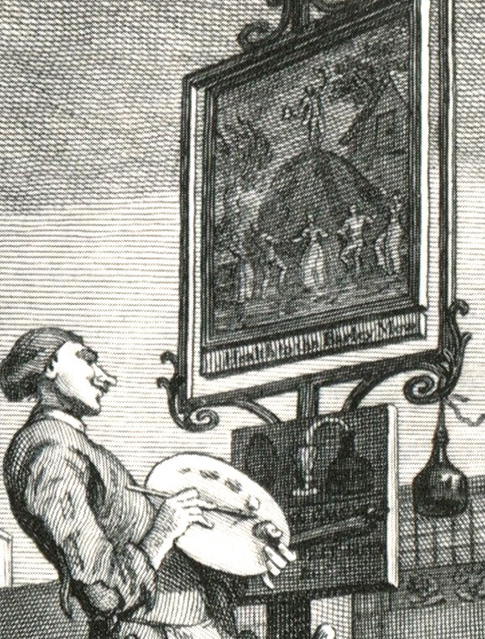
2. Schildermalerei Der hervorragendste Interpret dieser demokratischen Emblematik war der Herausgeber von Ainsworths Jack Sheppard–Roman, der ausgebildete Parlamentsstenograph und Gerichtsreporter Charles Dickens.[29] Dickens hatte eine ähnliche Sozialisation wie Hogarth erfahren, mit einem Vater, der als Schuldner inhaftiert war, dem entsprechenden sozialen Abstieg und der Notwendigkeit, früh zum Unterhalt der Familie beizutragen. Die große Schnittmenge zwischen […]
-
Chris Ware on Philip Guston’s “Poor Richard” Drawings
“As a graphic novelist, I’m occasionally asked by civilians if my work is ‘political.’ I usually explain that the time it takes to draw lengthy pictorial narratives (years) isn’t commensurate with the cultural immediacy (days, if not hours) that political cartooning and its creepy uncle, caricature, demand. On top of that, I’m no good at […]
-
Nadar IV: Press graphics 1858 – 1905
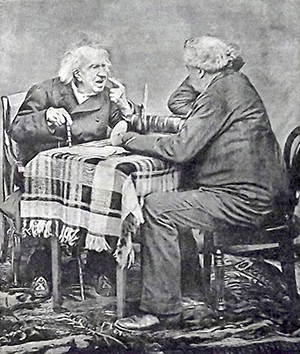
The popular Salon caricatural-series “Nadar Jury”, which he created in collaboration with the history painter Alfred Darjou for Charles Philipon’s new cartoon magazine “Journal amusant”, reveals Nadar’s critical attachment to the contemporary art scene. In 1863 his enthusiasm for aerial photography got a setback when his giant balloon “Le Géant” crashed on a field near […]
-
Félix Nadar III: Petit Journal Pour Rire 1856

The photographic studio that Nadar ran since 1855 did not prevent him from continuing his press-graphic work. The following year, he supported his friend Charles Philipon in the publication of a smaller offshoot of “Journal pour rire” as a co-editor and chief cartoonist.
-
Nadar I: Revue Comique 1848 -1849
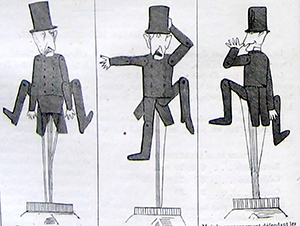
Before he became famous as a society photographer, a ballonist and a patron of the Impressionists, Gaspard-Félix Tournachon was known under his penname Nadar as one of the most inventive French cartoonists of the era. In the revolutionary year 1848 the republican activist started to work for the caricature journal “Le Charivari” of his friend […]